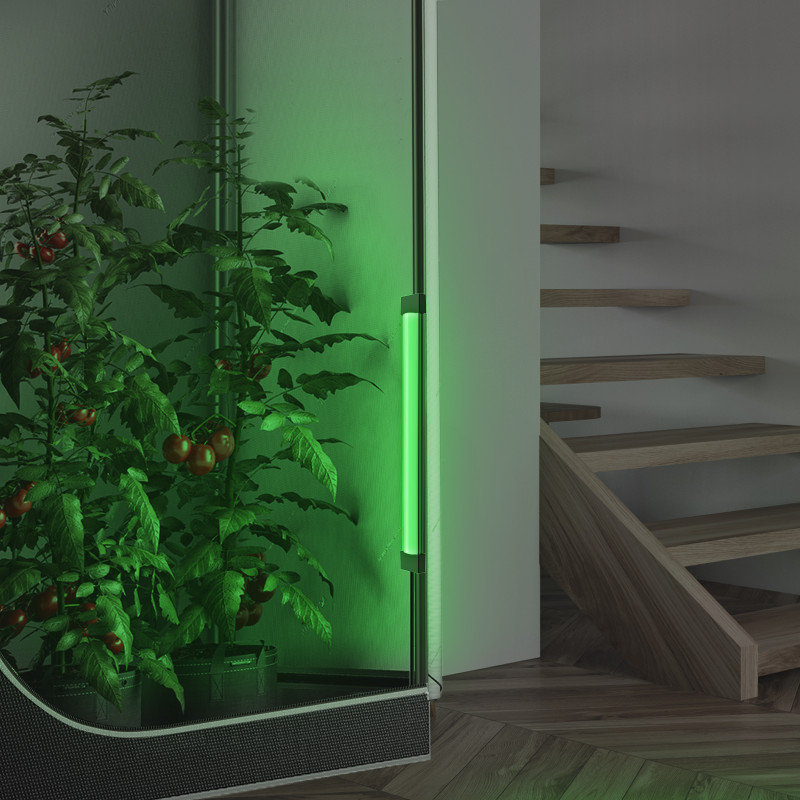Exploring Green Light's Effect on Your Grow

Green lighting has been the subject of much speculation when it comes to indoor growing. While not necessarily the most impactful on a plant’s development, green LED lights offer a wide range of benefits to support a successful grow. Here we will examine the influence that green lighting has on plants and how it can best be utilized.
Effects on Plants
Green light’s effect on vegetation depends entirely on the frequency and intensity of exposure. It is most beneficial when used in conjunction with red and blue (AKA “blurple”) grow lights, as green enhances spectrum coverage while providing deeper canopy penetration. By itself, green light is mostly reflected off of plants and thus not as effective for photosynthesis.
Grow Space Benefits
Due to the spectrum’s unique qualities, green LED lights can actually be useful in illuminating a grow space without disturbing your plants. This is crucial for plants with a dark cycle, as that uninterrupted darkness is vital to good health and successful development. Preserving those rest periods may make it difficult to tend to your grow or maintain general upkeep if you are on a different schedule than your plants.
This is where green lighting can really make a difference. Since it has a negligible effect on photosynthesis, you can safely set up a green LED work light in your indoor garden or grow tent without having a negative impact. Plants will remain in their dark cycle as you check on their health and perform routine maintenance. Since the green spectrum is gentle on eyesight, the lighting will also cause less eye strain and make it easier to observe any pests, nutrients deficiencies, or other issues that may be upsetting your grow.
Whether looking to adjust plant development or create an easier workflow, green lighting is a quick and simple solution that is helpful for both you and your plants!
